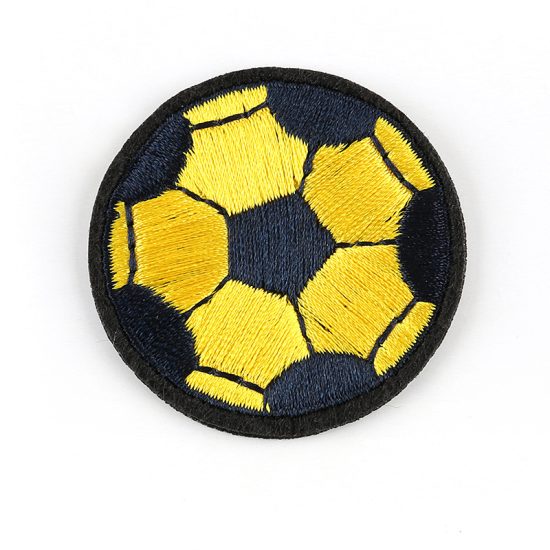Iron-on patches are a popular way to add decorative or functional elements to clothing or other textiles. The science behind iron-on patches involves a process of applying heat and pressure to a specially designed adhesive layer that is attached to the back of the patch. Here are the basic steps involved in the science of iron-on patches:
- Adhesive layer: Iron-on patches typically have an adhesive layer on the back that is activated by heat. The adhesive is usually made of a thermoplastic material such as polyurethane or polyethylene.
- Heat activation: When the patch is placed on the fabric and heat is applied, the adhesive layer melts and bonds with the fibers of the fabric. This creates a strong and durable bond between the patch and the fabric.
- Pressure application: In addition to heat, pressure is also important in the process of attaching iron-on patches. Applying pressure with a hot iron or heat press helps to ensure that the adhesive layer is evenly distributed and fully melted, resulting in a strong bond.
- Cooling: After the patch has been applied and the adhesive layer has cooled and solidified, the patch is firmly attached to the fabric and is ready to be used.
Overall, the science behind iron-on patches involves a combination of heat, pressure, and adhesive technology to create a durable and long-lasting bond between the patch and the fabric. With proper application, iron-on patches can withstand multiple washings and provide a fun and creative way to customize clothing and accessories.


